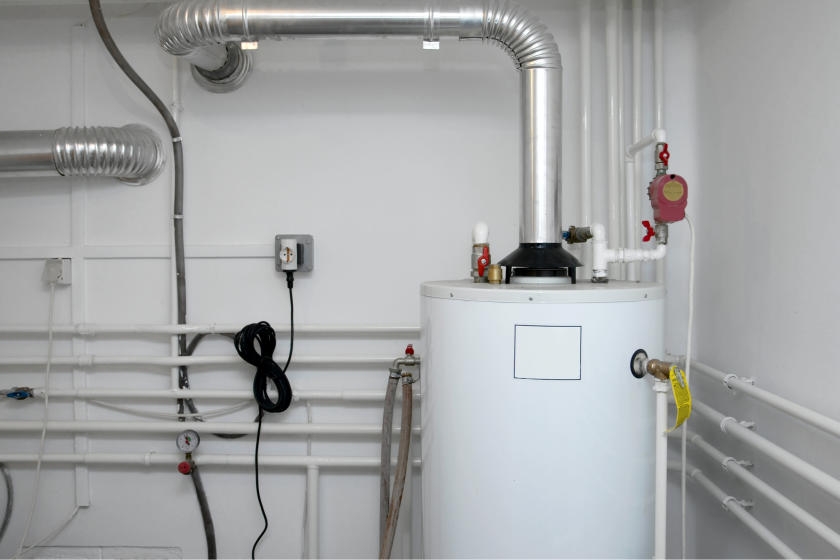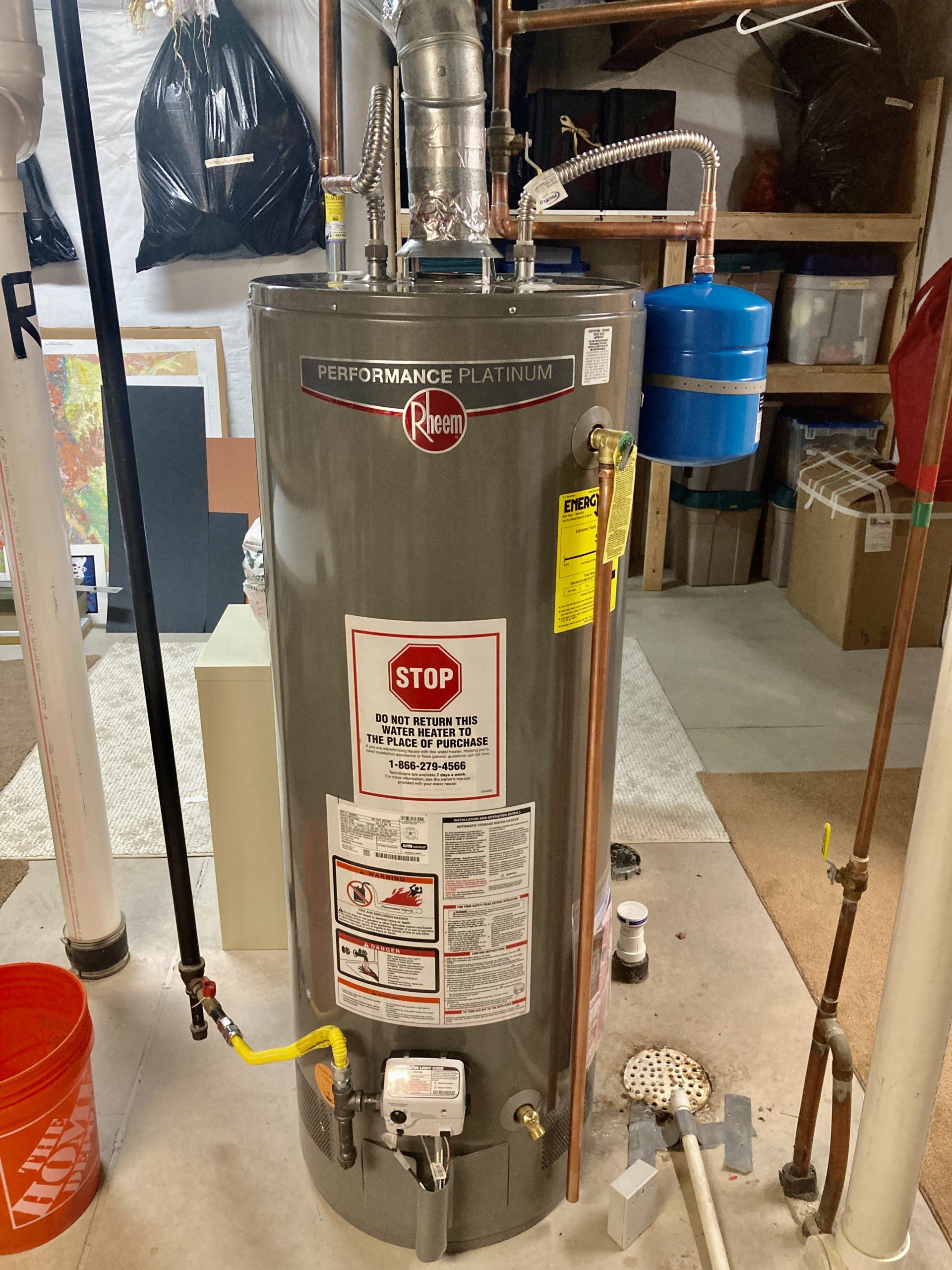Everybody will have their private idea with regards to Tips on Maintaining a Water Heater.

Hot water is vital for day-to-day convenience, whether it's for a rejuvenating shower or washing dishes. To ensure your hot water system runs effectively and lasts longer, routine upkeep is essential. This post offers functional pointers and insights on just how to preserve your home's warm water system to avoid interruptions and pricey repair services.
Intro
Keeping your home's hot water system could seem complicated, but with a few simple steps, you can guarantee it runs smoothly for several years ahead. This guide covers everything from recognizing your warm water system to DIY upkeep tips and recognizing when to employ specialist aid.
Significance of Keeping Your Hot Water System
Regular maintenance not only expands the life-span of your warm water system yet additionally ensures it runs successfully. Disregarding maintenance can bring about reduced efficiency, greater power expenses, and even early failing of the system.
Indications Your Hot Water System Requirements Maintenance
Understanding when your warm water system requires interest can avoid significant problems. Watch out for indications such as irregular water temperature, strange noises from the heater, or rustic water.
Purging the Hot Water Heater
Purging your hot water heater gets rid of debris accumulation, enhancing effectiveness and prolonging its life.
Monitoring and Replacing Anode Rods
Anode rods protect against corrosion inside the tank. Inspecting and changing them when worn out is vital.
Complex Issues Needing Specialist Aid
Instances consist of significant leakages, electrical issues, or if your water heater is consistently underperforming.
Routine Professional Upkeep Benefits
Expert maintenance can consist of detailed inspections, tune-ups, and making certain compliance with security criteria.
Checking and Adjusting Temperature Setups
Adjusting the temperature settings makes certain ideal efficiency and safety.
Do It Yourself Tips for Maintenance
You can execute several maintenance tasks on your own to maintain your hot water system in leading condition.
Checking for Leakages
Consistently evaluate pipelines and links for leaks, as these can bring about water damage and greater bills.
Understanding Your Warm Water System
Prior to diving right into maintenance tasks, it's helpful to understand the fundamental components of your warm water system. Normally, this includes the water heater itself, pipes, anode rods, and temperature controls.
Month-to-month Maintenance Tasks
Normal regular monthly checks can aid capture small problems before they escalate.
Testing Stress Relief Valves
Testing the pressure safety valve guarantees it functions appropriately and stops excessive pressure build-up.
Insulating Pipes
Protecting warm water pipelines decreases warm loss and can conserve energy.
When to Call an Expert
While do it yourself upkeep is beneficial, some issues require expert expertise.
Conclusion
Regular maintenance of your home's hot water system is necessary for performance, long life, and price savings. By adhering to these pointers and knowing when to look for specialist aid, you can make certain a reputable supply of hot water without unforeseen interruptions.
How to Maintain an Instant Hot Water Heater
Before tinkering with your hot water heater, make sure that it’s not powered on. You also have to turn off the main circuit breaker and shut off the main gas line to prevent accidents. Also turn off the water valves connected to your unit to prevent water from flowing into and out of the appliance. 2. When you’re done, you have to detach the purge valves’ caps. These look like the letter “T” and are situated on either side of the water valves. Doing so will release any pressure that has accumulated inside the valves while at the same time avoid hot water from shooting out and burning your skin. 3. When the purge valves’ caps are removed, you have to connect your hosing lines to the valves. Your unit should have come with three hoses but if it didn’t, you can purchase these things from any hardware or home repair shops. You can also get them from retail stores that sell water heating systems. Read the user’s manual and follow it to complete this task properly. When the hosing lines are connected, open the purge port’s valves. 4. You should never use harsh chemical cleaners or solutions when cleaning your unit. Make use of white vinegar instead. It should be undiluted and you’ll probably use about 2 gallons. 5. Now flush your water heater. This task should probably take about 40 minutes. We can’t give you specific directions for this because the procedure is carried out depending on the type, model and brand of your heater. With that being said, refer to the user’s manual. 6. When you’re done draining the unit, you have to turn off the purge port valves again. Remove the hosing lines that you earlier installed on each of the water valves. Put the valve caps (purge port) back in their respective places and be very careful so as not to damage the rubber discs that are found inside these caps. 7. Now that everything’s back in place, check your user’s manual again to find out how to reactivate your water heating system. 8. Once it is working, turn one of your hot water faucets on just to let air pass through the heater’s water supply pipes. Leave the tap on until water flows smoothly out of it. https://www.orrplumbing.com/blog/2014/september/how-to-maintain-an-instant-hot-water-heater/

I recently found that blog entry about Tips on Maintaining a Water Heater while doing a lookup on the web. Enjoyed our write-up? Please quickly share it. Let someone else check it out. Thanks a lot for your time invested reading it.
Book Now